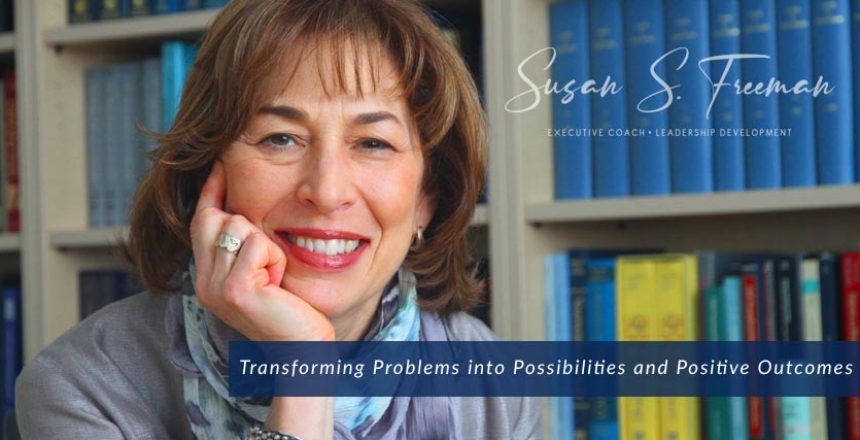 I recently heard a talk on “Health Cells and Healthy Cultures” by Judith Glaser, author, executive coach and organizational anthropologist. Judith’s core message is that cultures are determined by relationships and relationships come from conversations. Therefore, having healthy conversations can literally change the DNA of an organizational culture. I couldn’t agree more. I appreciate her work. In working with leaders and teams, we deploy many of these same principles. The result is that they are consciously creating trusting cultures that get results in a healthy way.
I recently heard a talk on “Health Cells and Healthy Cultures” by Judith Glaser, author, executive coach and organizational anthropologist. Judith’s core message is that cultures are determined by relationships and relationships come from conversations. Therefore, having healthy conversations can literally change the DNA of an organizational culture. I couldn’t agree more. I appreciate her work. In working with leaders and teams, we deploy many of these same principles. The result is that they are consciously creating trusting cultures that get results in a healthy way.
Glaser explained that in biology, as in organizations, there are two kinds of cells and two kinds of cultures.
Healthy and Unhealthy Cells and Cultures
Unhealthy cells don’t connect with other cells, they reproduce uncontrollably and they fail to die. Healthy cells stay connected, they differentiate into specific cells, and they reproduce systematically. Unhealthy cultures don’t have a clear vision, people live in silos and don’t connect; they lose awareness of others and the ability to share. Healthy cultures are those in which people co-create a vision, actively communicate; they stay connected and engage with each other.
What’s the missing link to transform the DNA of a culture?
According to Glaser, it involves moving from the unhealthy dynamics of “I” to the healthy dynamic of “we”. In an “I”-oriented culture, dialogue between senior execs and employees is rare; people don’t talk to each other about their needs or how to navigate; they become entrenched in positions and get locked into being right. In healthy cultures, there is continuous dialogue between senior executives and employees; they focus on needs and navigate successes; people are open and aspire to something they share.
But there’s something more. There’s a neurochemistry of conversations. When we are open, we produce oxytocin, the “feel-good” hormone that promotes trust and appreciation. In addition, this allows us to feel expansive, open and able to “see further,” according to Glaser. When we are closed, we produce cortisol, the stress hormone that causes breakdowns in bodily systems when over-produced.
When we come from fear, we tend to exclude, judge, limit, withhold, know and dictate.
When we come from trust, we include, appreciate, expand, share, discover and develop.
 To create healthy cells, healthy cultures, and have healthy conversations, leaders need to focus on the “we.” They need to know that how they are “being” will determine the kinds of conversations they are ready to have.
To create healthy cells, healthy cultures, and have healthy conversations, leaders need to focus on the “we.” They need to know that how they are “being” will determine the kinds of conversations they are ready to have.
Glaser cites 3 areas of opportunity for leaders:
-
Create trust
-
Ask open-ended questions with genuine curiosity
-
Listen with a desire to connect to the speaker
“We” vs. “I” is a powerful choice. As leaders step up and into leading at the highest level of effectiveness, they will need self-awareness, maturity along with leadership vision, and the ability to create alignment with their team. If you are interested in learning more about creating a powerful foundation for your organizational effectiveness, email me at to have an introductory conversation. A healthy culture begins with you!

